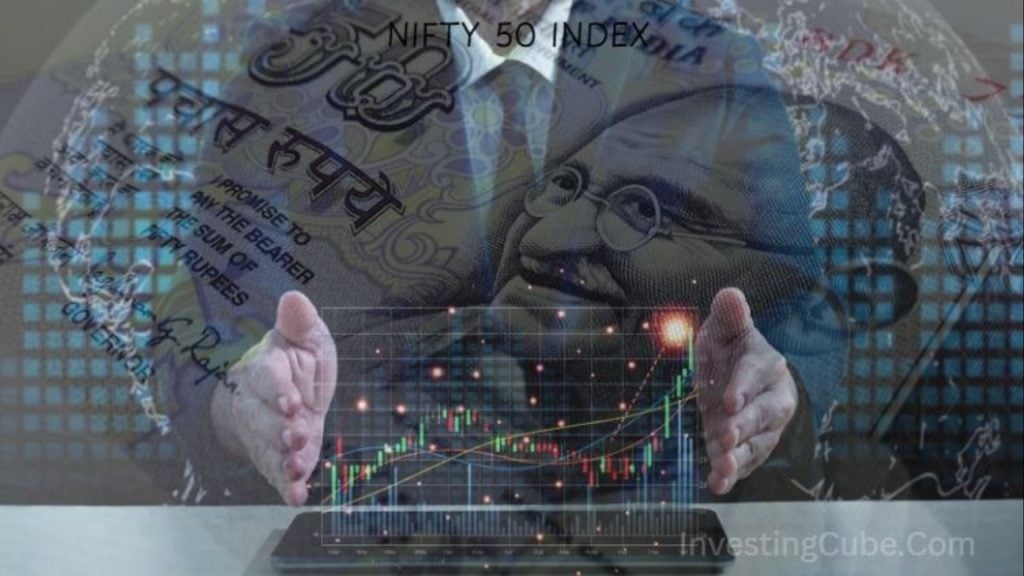The Nifty 50 Index fell to 24,500 points on Thursday, reflecting a decline of 0.85%. This downturn is largely attributed to the introduction of a significant 50% tariff on Indian goods by the United States, effective August 27. Investors had anticipated a recovery in September following a prolonged correction that began in late June, but the current situation has dampened market sentiment considerably.
The fall in the Nifty 50 Index was mirrored by the benchmark Sensex Index, which experienced a drop of 707 points. Key sectors, including information technology, pharmaceuticals, and banking, reported negative returns, contributing to the overall bearish sentiment.
Impact of US Trade Tariffs
The impact of the tariffs is profound, as Indian goods previously faced a 25% duty, which has now more than doubled. This escalation puts approximately $150 billion worth of trade at risk, with textiles, jewelry, leather, and chemicals among the affected sectors. Analysts predict that a sustained 50% tariff regime could reduce India’s GDP growth estimate by 0.5% to 1%.
In a related development, Foreign Portfolio Investors have been withdrawing investments at an alarming rate, with outflows in August exceeding ₹25,000 crore (about $30 billion). This trend is expected to exert further pressure on the Indian economy, leading to a negative sentiment that weighs heavily on the Nifty 50 Index. Conversely, domestic investors have shown resilience, increasing stock purchases with inflows amounting to approximately ₹7,000 crore (around $843 million), partially offsetting the outflows.
Prime Minister Narendra Modi has intensified his “Buy India” campaign, promoting self-reliance and showing reluctance to yield to pressures from the Donald Trump administration. Despite these efforts, the prevailing market sentiment is likely to continue affecting the Nifty 50 Index as long as high trade tariffs remain in effect.
Market Forecast and Analysis
Recent technical analysis indicates that the Nifty 50 Index has crossed below the 50-day moving average, suggesting a bearish outlook in the near term. Resistance is anticipated at the 24,600 points mark, while primary support is identified at 24,450 points. If selling pressure persists and the index falls below this support level, it could potentially drop further to test the 23,356 points threshold.
On the other hand, should the index break above 24,600 points, it may invite buyers back into the market, potentially pushing the momentum towards primary resistance at 24,705 points. Clearing this level could indicate a shift in market dynamics, opening the path for a test at 24,795 points.
The Nifty 50 Index is primarily composed of stocks from the IT, banking, and pharmaceutical sectors, which collectively account for over 30% of its total weight. As one of the largest market cap-weighted indices in India, the Nifty 50 serves as a critical indicator of the country’s economic performance.
The ongoing pressure from US trade tariffs remains a significant factor in the current market landscape, influencing investor sentiment and overall economic stability in India.
